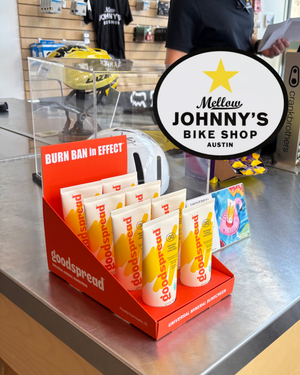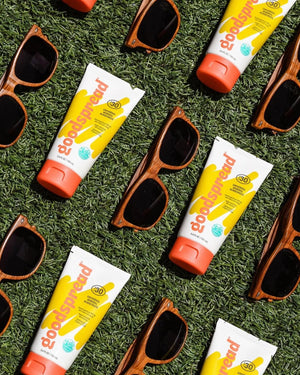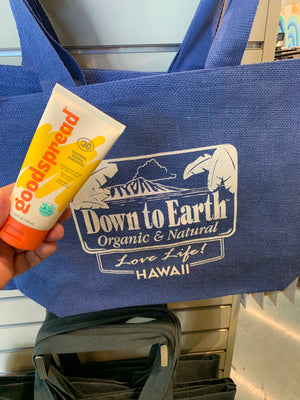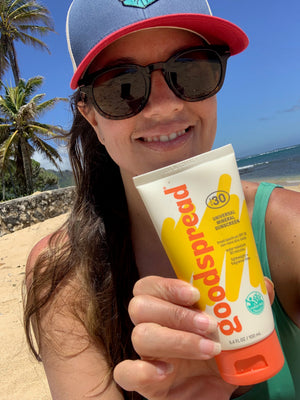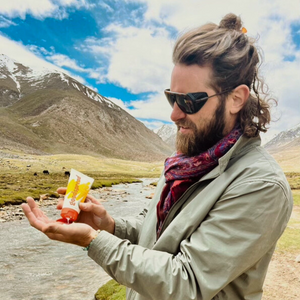The Truth About Chemical Sunscreens
Apr 11, 2025
If you’ve ever picked up a bottle of sunscreen and been confused by the ingredients list, you’re not alone. Sunscreen labels are often packed with complex chemical names that most people don’t recognize—but those ingredients matter. At Goodspread, we’re committed to helping you understand what goes on your skin and how it affects the world around you. Today, we’re breaking down the truth about chemical vs. mineral sunscreens, and why we believe mineral is the better, safer choice—for both your health and the environment.
What’s the Difference Between Chemical and Mineral Sunscreens?
Sunscreens generally fall into two categories: chemical and mineral (also known as physical).
- Chemical sunscreens absorb UV rays and convert them into heat, using active ingredients like oxybenzone, octinoxate, avobenzone, and octocrylene.
- Mineral sunscreens (like Goodspread’s) sit on top of the skin and reflect UV rays, using natural ingredients like non-nano zinc oxide and titanium dioxide.
The Health Concerns with Chemical Sunscreens
Recent studies have raised serious concerns about the absorption and potential toxicity of chemical sunscreen ingredients. Oxybenzone and octinoxate, in particular, have been shown to:
- Penetrate the skin and enter the bloodstream
- Disrupt hormones by mimicking estrogen in the body
- Cause skin allergies and irritation, especially in sensitive skin
- Persist in the body long after application
In fact, the FDA has flagged several of these ingredients for additional safety testing, and some are already banned in places like Hawaii due to their broader environmental impact.
The Environmental Impact: Coral Reefs at Risk
Chemical sunscreens don’t just affect humans—they’re harming marine life too.
When we swim, shower, or even just wash off sunscreen at the end of the day, those chemicals can make their way into oceans and waterways. Studies have shown that oxybenzone and octinoxate contribute to coral bleaching, damage coral DNA, and impair marine reproduction. Even tiny concentrations can cause significant damage.
That’s why Hawaii passed Act 104, banning sunscreens with these two chemicals to protect its coral reefs—and why Goodspread never uses them in any of our products.
Why Mineral Sunscreen Is Better
Mineral sunscreens like Goodspread’s offer a safer, more sustainable solution. Here’s why we stand behind them:
- Non-toxic and non-hormone disrupting
- Safe for sensitive and eczema-prone skin
- Reef-safe and eco-friendly
- Effective immediately upon application
- Broad-spectrum protection against UVA & UVB rays
We use non-nano zinc oxide, which means the particles are large enough not to penetrate your skin or be absorbed into marine life—offering peace of mind every time you apply.
The Goodspread Promise
We don’t just make sunscreen—we make a promise. A promise to protect people and the planet. That’s why every Goodspread product is made with clean ingredients, sustainably packaged, and designed to meet evolving safety standards, like Hawaii Act 104.
As the skincare industry evolves and more research comes to light, we’ll continue to reformulate and innovate to meet the highest standards—for your skin, and for the world we share.
Ready to make the switch?
Explore our mineral sunscreens and discover the Goodspread difference.


